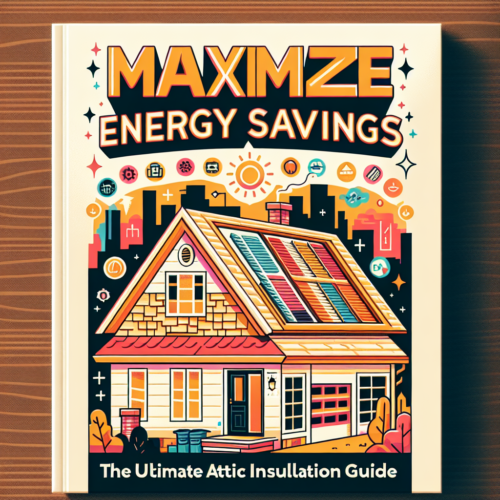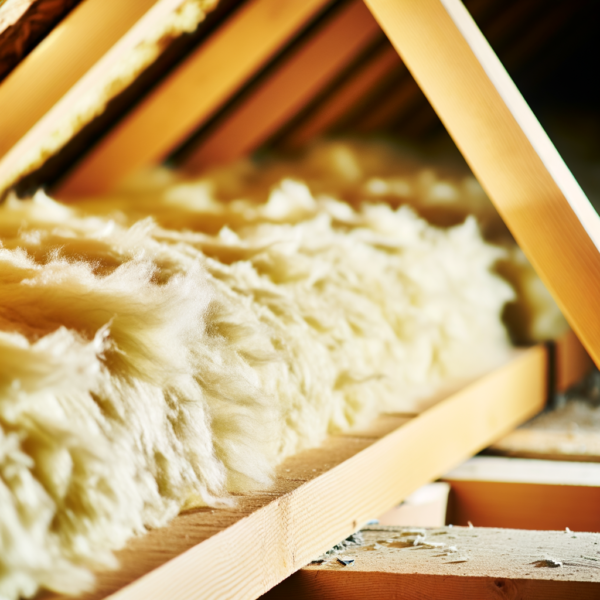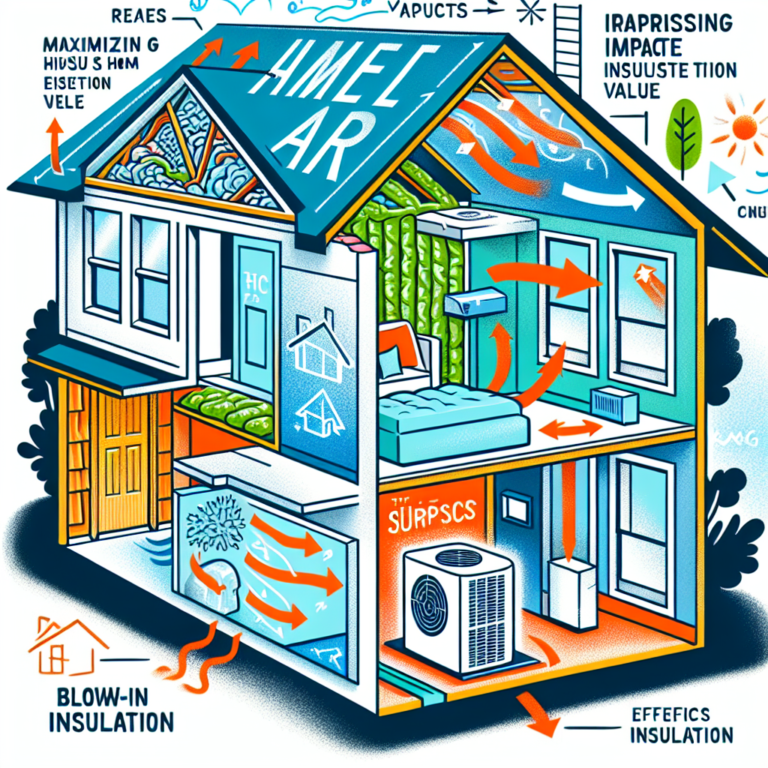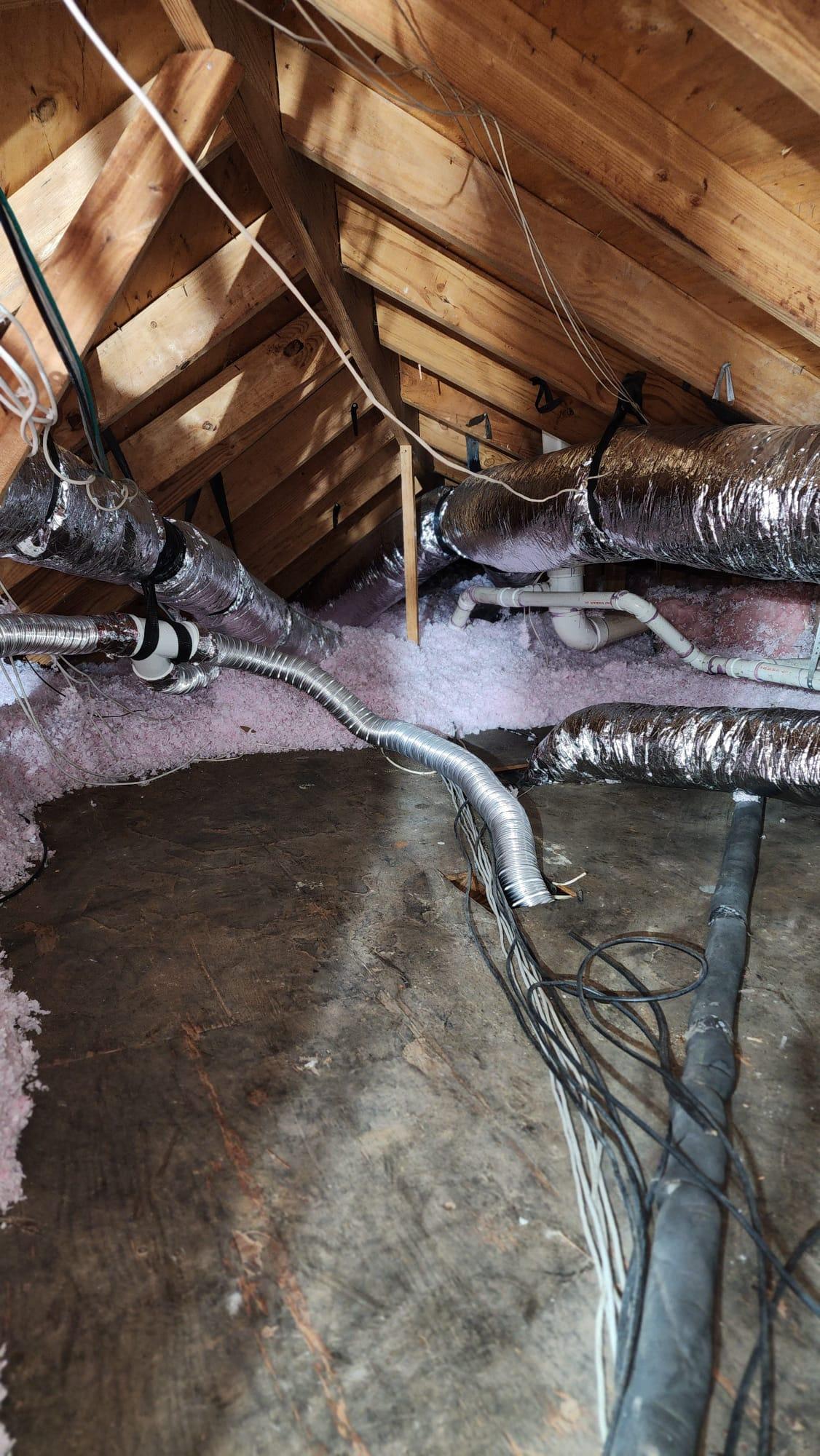Slash Your Energy Bills: The Surprising Cost Per Sq Ft of Blown Attic Insulation
Introduction
Are sky-high energy bills keeping you up at night? Blown attic insulation could be the game-changer your home needs. By filling every nook and cranny with loose-fill materials like fiberglass or cellulose, blown attic insulation creates a seamless thermal barrier that slashes heating and cooling costs. In this article, we’ll dive into why this solution is worth every penny per square foot, how to calculate your investment, and how blown attic insulation can deliver long-term savings and comfort.
Why Blown Attic Insulation Is Worth the Cost Per Square Foot
Upfront, blown attic insulation may cost more per square foot than standard batts. However, its superior coverage and performance translate into real savings:
1. Total Air-Sealing Power
• Loose-fill fibers drift into tight corners, around pipes, and behind wiring—areas batt insulation can’t fully reach.
• Fewer gaps means less conditioned air escaping, and fewer drafts.
2. Higher R-Value in Less Space
• Blown materials boast higher R-values per inch than many traditional options.
• In attics with limited clearance, achieving your desired overall R-value takes less depth.
3. Installation Over Existing Insulation
• You can add blown insulation directly over old batts, boosting performance without demolition.
• Saves labor costs and reduces material waste.
4. Noise Reduction and Fire Resistance
• Cellulose insulation, in particular, dampens sound transmission.
• Many blown products are fire-retardant or treated with non-toxic additives, increasing home safety.
Maximizing Energy Efficiency with Blown Attic Insulation
The U.S. Department of Energy estimates that up to 25% of a home’s heat loss occurs through the attic. Properly installed blown attic insulation can:
• Lower Heating and Cooling Bills by 10–20%
• Stabilize Indoor Temperatures Year-Round
• Reduce HVAC Equipment Wear and Tear
Smart homeowners see blown attic insulation not just as a one-time upgrade, but a long-term investment in lower utility bills and improved comfort. Because the loose-fill material conforms exactly to your attic’s shape, it prevents hotspots and cold pockets—delivering a more consistent indoor climate.
How to Calculate the Cost Per Sq Ft of Blown Attic Insulation
Wondering what to budget? Follow these steps:
1. Measure Your Attic
• Multiply length × width to find square footage.
• Account for any angled or irregular areas separately.
2. Choose Your Material
• Fiberglass: $1.50–$2.50 per sq ft (depending on R-value)
• Cellulose: $2.00–$3.00 per sq ft
3. Factor in Labor and Equipment
• Professional installation typically adds $0.50–$1.00 per sq ft.
• DIY rentals of blowing machines range from $50–$100 per day plus material cost.
Example Calculation for a 1,000 sq ft Attic
Material cost (cellulose at $2.50) = $2,500
Labor & equipment = $800
Total investment = $3,300 ($3.30 per sq ft)
Keep in mind, most homeowners recoup this expense within 3–5 years through lower energy bills—and the insulation continues saving money for decades.
Q&A: Common Questions About Blown Attic Insulation
Q: How long does blown attic insulation last?
A: With proper installation, blown insulation maintains its R-value for 20–30 years or more. Settling is minimal when installed at the recommended depth.
Q: Can I install blown attic insulation myself?
A: DIY is possible if you rent the blowing machine and follow safety protocols. However, professional installers ensure optimal coverage and can address any attic access challenges.
Q: Will blown insulation help with attic moisture?
A: Blown materials themselves don’t block moisture; pairing them with proper ventilation and an attic vapor barrier prevents mold and mildew.
Conclusion
Investing in blown attic insulation is one of the most effective ways to slash your energy bills and enhance home comfort. Although the cost per square foot may seem higher than traditional batts, the superior coverage, higher R-value, and long-term energy savings make blown attic insulation a smart financial move. Ready to transform your attic into an energy-saving powerhouse? Blown attic insulation delivers immediate and lasting benefits—keep your home cozy, quiet, and cost-efficient for years to come.












